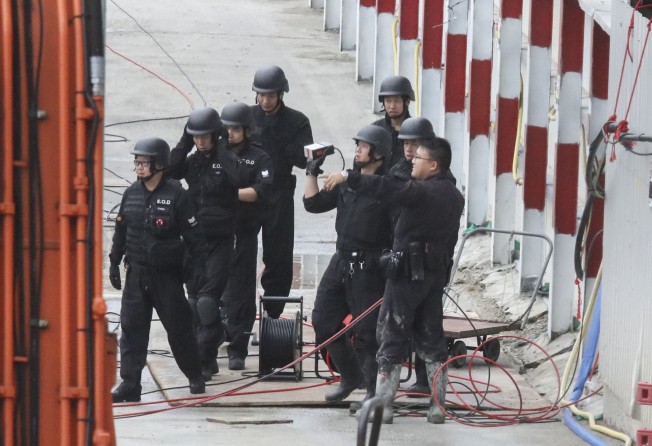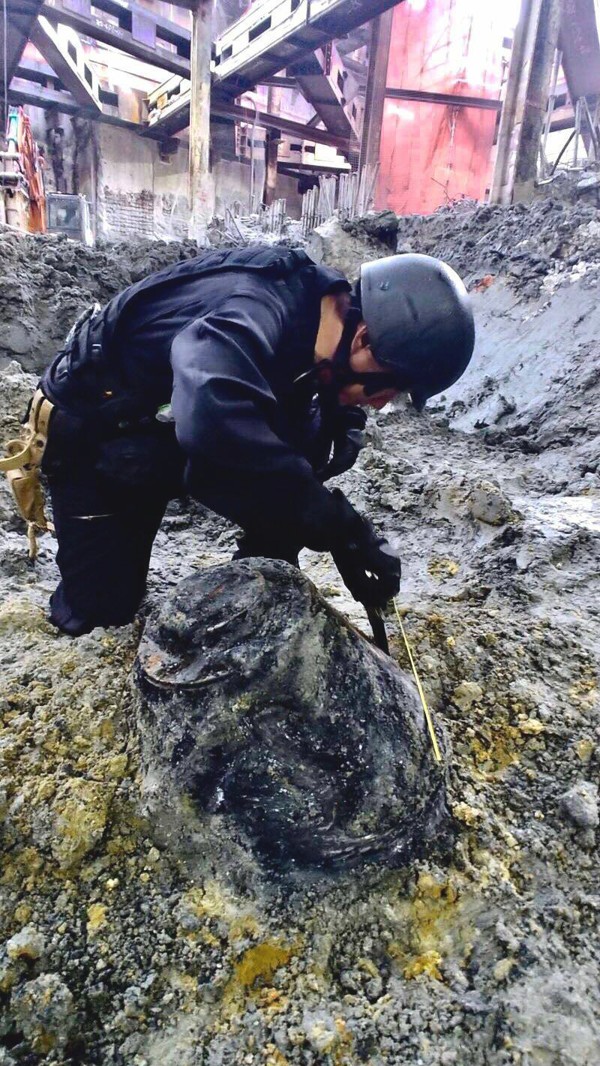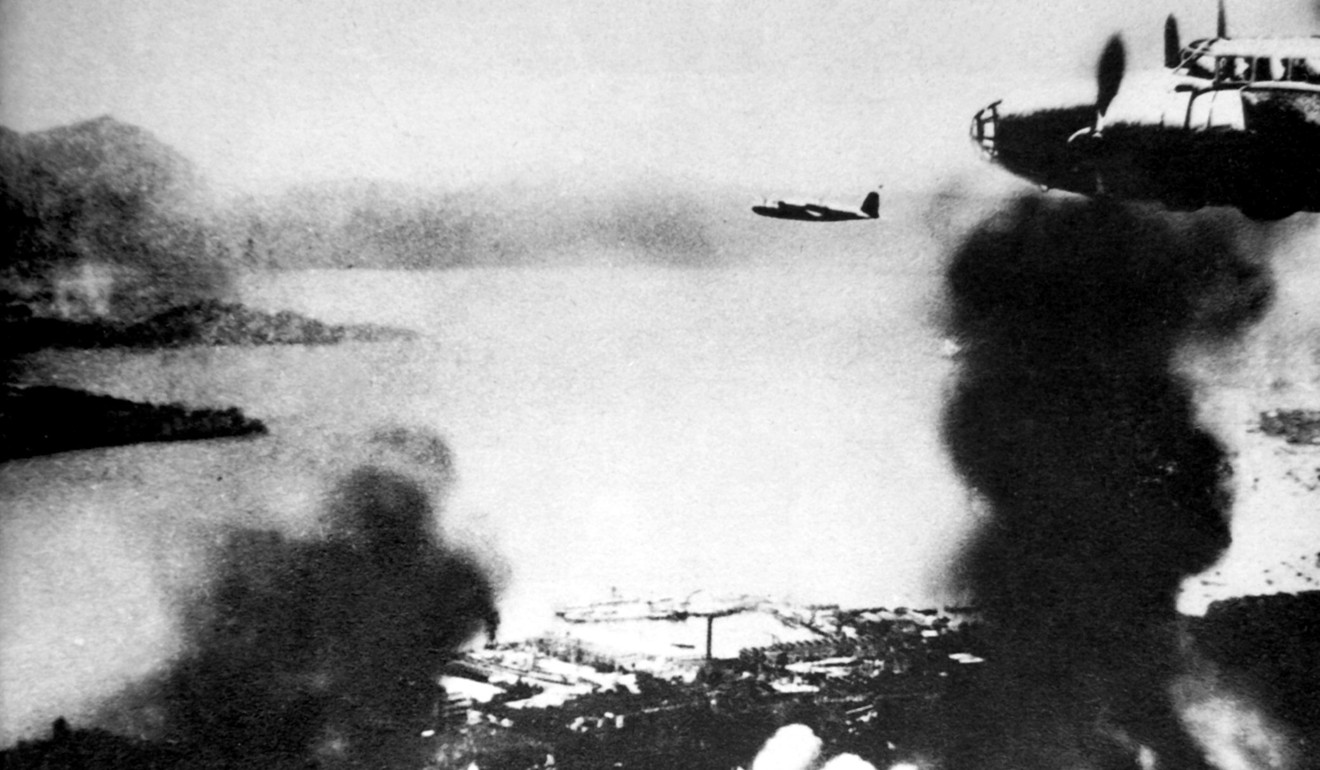Part of Hong Kong’s Wan Chai district closed off as police race to defuse wartime bomb at rail link construction site
Police warn roads around the site at the junction of Hung Hing Road and Tonnochy Road could stay off-limits on Friday and employers should rearrange working hours accordingly

Roads were closed and people were evacuated from the northern part of Wan Chai after a 450kg (1,000lbs) wartime bomb was discovered on Thursday, the third incident at the same site this year.
As police raced to defuse the unexploded device at a construction site for the Sha Tin-Central rail link on Thursday night, they warned that the situation this time was more complicated, and they might need longer than the 24 to 26 hours they took previously.
By 10am on Friday morning, nine roads in the northern part of Wan Chai, including Tonnochy Road, Convention Avenue and Fleming Road, remain closed. Bus routes in the area are also affected.
Star Ferry services between Tsim Sha Tsui and Wan Chai have not resumed since 8pm on Thursday.
On Thursday, senior bomb disposal officer Tony Chow Shek-kin said the bomb was upside down with its front part buried in the ground.

“We can only see its rear now and have found that the detonator is already broken. We may need more time to remove the soil in order to have a full examination of the situation,” Chow said on Thursday night.
The American-made AN-M65 bomb, measuring 145cm in length and with a diameter of about 45cm, was discovered by workers at about 4.30pm.
It was found 10 to 12 metres underground during excavation work for the future Exhibition Centre station on the 17-km cross-harbour rail link.
Officers from the police’s Explosive Ordnance Disposal Bureau arrived on the scene and told workers to leave.
Soon after, Harbour Road Sports Centre and roads in the area were closed.

From 9pm on Thursday, residents and workers in the surrounding areas, as well as visitors in hotels, were asked to leave. Businesses also had to stop operations.
A man from Beijing was spotted dragging two pieces of luggage from Apartment Kapok, a residential block behind the sports centre, on his way to a hotel. He said he had also been told to leave the building during the previous two bomb discoveries.
By Friday morning, police succeeded in removing the shell of the bomb. An officer at the site said specialists will defuse the explosive next. “I don’t know when they will start on it ... It could be complicated,” he said.
Some commuters said they were unaware that roads were closed until they reached Wan Chai in the morning for work. A woman said she was only just notified by her company about the change in working hours.
On January 27 and 31, two unexploded 450kg (1,000lbs) American bombs identified as being of the same model, which had been dropped sometime between 1941 and 1945, were unearthed at the same site.
The devices were found 10 metres apart and bomb disposal officers took 26 and 24 hours to defuse them respectively.
The following month, rail operator MTR Corporation admitted it had not used metal detectors before digging at the site, even though it knew there was a risk of unexploded wartime munitions, but would do so from then on.
American forces had bombarded Japanese shipping and docking facilities on the northern coastline of Hong Kong Island when they occupied the city from January 1942 to August 1945.
The area where rail link construction is taking place was reclaimed from the sea after the second world war.